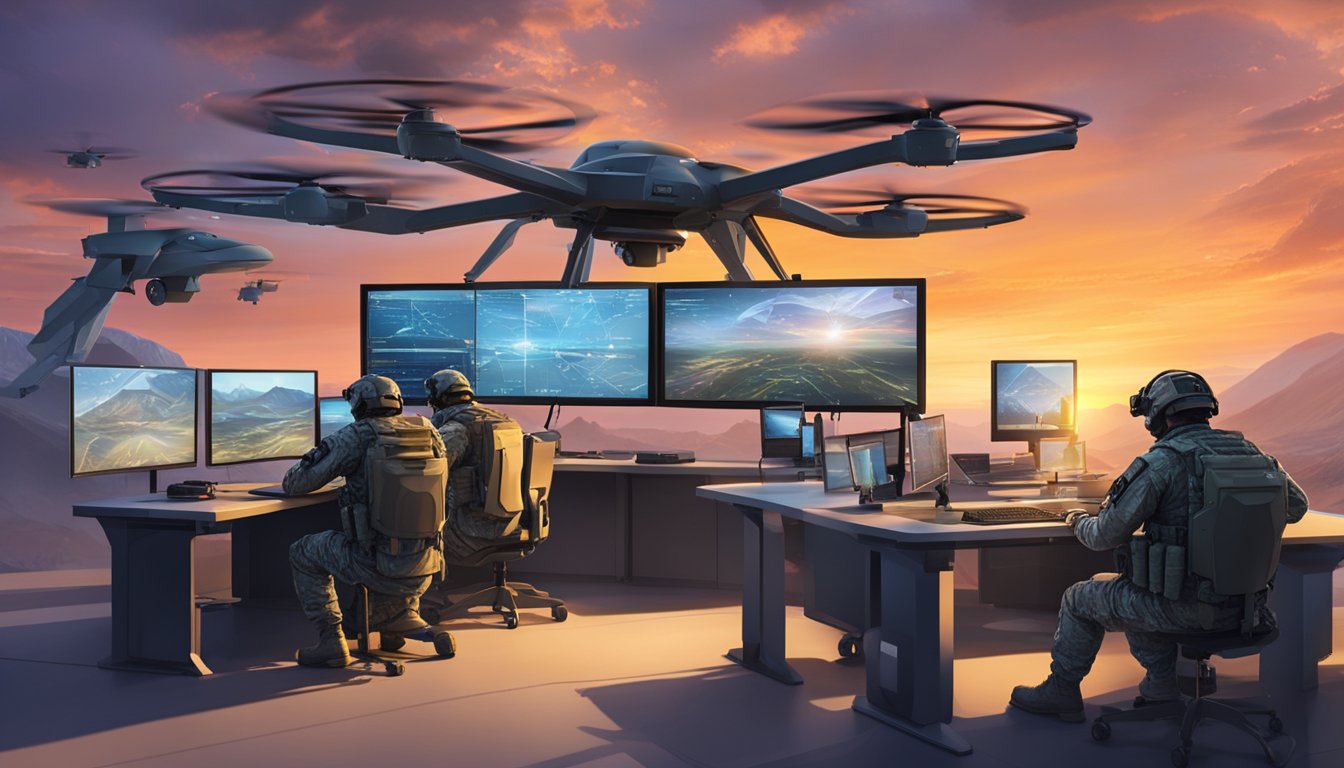In a bold move, the U.S. Army is on the lookout for unmanned aerial systems that can take off from medium- to high-altitude platforms.
These systems will serve crucial roles in missions such as intelligence gathering, surveillance, and reconnaissance.
Details about this quest can be found in a recent request for information published on Sam.gov, the federal business opportunities website.
The Initiative and Objectives
The initiative is led by the Special Electronic Mission Aircraft Product Directorate, part of the Army’s Fixed-Wing Aircraft Project Office, which aims to showcase these operational capabilities by fiscal year 2026.
Referred to as “Launched Effects” (LE), these unmanned platforms will be mounted on executive jets, specifically targeting models like the Bombardier G6500.
These aircraft are designed to soar above 41,000 feet and can maintain airspeeds of over 400 knots for more than seven hours.
The LEs must also withstand extreme conditions, including temperatures plummeting to around 65 degrees below zero for extended periods.
Operational Capabilities and Development
Launched Effects represent a new frontier for the Army’s airborne assets.
These systems will not only support targeting and reconnaissance but also extend communication networks and execute kinetic strikes.
They have the flexibility to be launched from various aerial and ground-based platforms.
According to the request for information, these LEs will be mounted on the aircraft’s wing pylons and must be capable of deployment during flight.
This direction marks a pivotal shift in the Army’s aviation strategies, highlighting drones and the broader category of Launched Effects as essential components for modern combat scenarios.
The Army is moving quickly to develop and integrate these systems on the battlefield.
Following the cancellation of its manned Future Attack Reconnaissance Aircraft program last year, the Army reallocated some of that funding to expedite Launched Effects development.
Collaborations and Future Plans
In 2020, the Army selected ten companies aimed at advancing medium-range Launched Effects technologies.
Later, five of these companies were chosen to work together on creating prototypes, each bringing specialized components to the collaboration.
Anduril Industries, which recently acquired Area-I—the original creator of the Altius 700 air vehicle—will oversee the aircraft production.
The Altius 700 has been in service with the Army for over five years, aiding in the evaluation of Launched Effects.
Collins Aerospace, a subsidiary of Raytheon Technologies, is responsible for the mission systems, while Aurora Flight Sciences will integrate the entire system.
Technology Service Corp. and Northrop Grumman Information Systems are tasked with providing modular payloads.
Alongside the medium-range variants, the Army is also exploring both short-range and long-range Launched Effects.
The prototyping phase for the short-range model is set to kick off in early fiscal year 2025 and will continue through 2029.
Meanwhile, plans to release a request for proposals for the long-range version are targeted for the third quarter of fiscal year 2026, which is a year ahead of the original schedule.
Additionally, the Army is keen to test Launched Effects from higher-altitude platforms, which might include balloons or long-endurance fixed-wing solar-powered aircraft that can operate in the stratosphere.
Source: Militarytimes

